If you have been involved in building or managing a business, then you’ve likely heard the term ‘brand’ or ‘build a brand.’ These terms are often followed by the notion of developing your “brand guidelines” and “brand style guide.” These terms are sometimes used interchangeably, but they actually serve different purposes. Understanding the distinction can help your business maintain consistency and communicate more effectively with your audience.
Brand Guidelines, The Basics
Brand guidelines (sometimes called brand standards) should be comprehensive documents that embody the core of your brand’s identity. Think of brand guidelines as the constitution of your brand; they outline the core principles, values, and strategic elements that inform every decision-making process you make as a business owner.
The brand guidelines provide a framework for how your brand should be represented, it helps form a cohesive brand identity across all forms of customer touchpoints; in-store, at shows, online etc.
What Brand Guidelines Include:
Brand Strategy Elements:
- Brand mission, vision, and purpose statements
- Core values and beliefs
- Brand positioning and key messaging
- Target audience profiles and personas
- Brand voice and personality traits
- Brand promise and differentiators
Brand Governance:
- Rules for brand usage by partners, vendors, and employees
- Approval processes for new brand applications
- Guidelines for co-branding and licensing
Brand guidelines answer the “why” behind your brand and provide the foundation that informs all brand marketing and decisions. These guidelines help ensure that everyone understands not just how your brand looks, but what it stands for and how it should make people feel, this includes your employees, target audience and key stakeholders.
The Specifics: Brand Style Guide
A brand style guide is more specific; it is a document that is focused on the visual and verbal execution of your brand. The brand style guide is your detailed instruction manual for practical, day-to-day implementation of your brand guidelines.
What Brand Style Guides Include:
Visual Identity Elements:
- Logo specifications (size, clear space, dos, and don’ts)
- Colour palette with precise colour codes
- Typography (primary and secondary fonts etc)
- Imagery guidelines (photography style, illustration approach)
- Iconography and graphic elements
Digital Applications:
- Website design standards
- Social media profile specifications
- Email marketing templates
- Digital ad formats
- App design guidelines
Print Applications:
- Business card designs
- Letterhead and stationery
- Brochure and flyer templates
- Packaging guidelines
- Signage specifications
Writing Style:
- Tone and voice examples
- Grammar preferences
- Editorial guidelines
- Common terminology and phrasing
The brand style guide is practical. It answers the “how” questions about brand implementation and provides the specific tools and assets needed to create brand-compliant materials. It’s designed to be referenced frequently during content creation and design processes.
How They Work Together
While different, they are connected. The brand guidelines inform the style guide, creating a direct line from your brand’s purpose to its visual branding. The values defined in your guidelines should be clear in the design choices documented in your style guide.
For example, if your brand guidelines establish “innovation” as a core value, your style guide might specify the use of forward-leaning typography, a modern colour palette, and innovative imagery. The style guide translates your brand’s abstract qualities into tangible design decisions.
Which Do You Need?
The answer is almost always both, though their importance may vary depending on your organisation’s size and complexity.
For startups and small businesses with limited resources, a combined document will suffice initially, with more emphasis on the style guide elements that facilitate immediate content creation. As the organisation grows and the brand matures, investing in more comprehensive brand guidelines becomes increasingly valuable.
Common Pitfalls to Avoid
Too Rigid or Too Loose: Guidelines and style guides should provide clear direction without stifling creativity. Find the balance between consistency and flexibility.
Created and Forgotten: These guidelines should be in a document, or booklet and should be resources that evolve as your brand grows. Schedule regular reviews to keep them current. They are especially important when training someone new, they serve as a great informative tool.
Poor Accessibility: If your team can’t easily find or understand these resources, they won’t use them. Make them accessible, searchable, and user-friendly.
Disconnection Between Strategy and Execution: Ensure your style guide truly reflects the principles outlined in your guidelines. The visual identity should be a natural expression of your brand strategy.
Final Thoughts
While brand guidelines and brand style guides serve different purposes, they share a common goal: to help your brand communicate consistently and authentically across all touchpoints. Guidelines provide the strategic foundation, while style guides offer tactical implementation tools.
Together, they create a comprehensive system that helps everyone who touches your brand; from marketers and designers to external partners and vendors, understand not just how to represent your brand, but why those representations matter.
At Totally Branded we have an abundance of branded merchandise and marketing materials to help build your brand. Whether you need branded flags to help stand out at event, branded gifts, or branded clothing, you find all you need in one place!
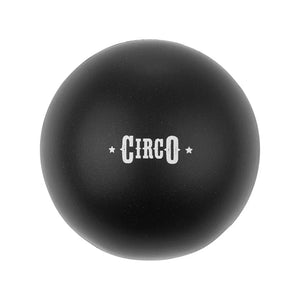
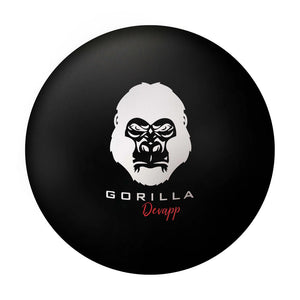


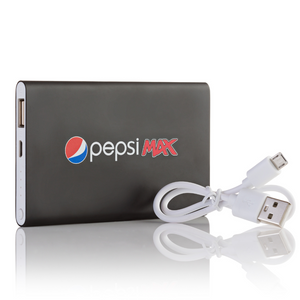


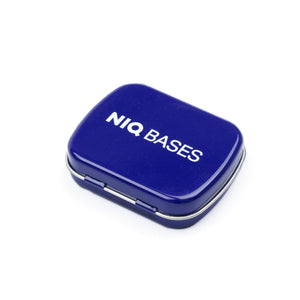
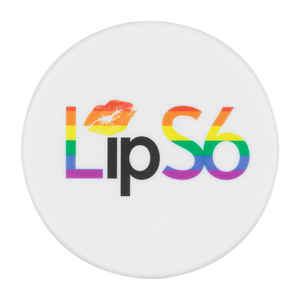
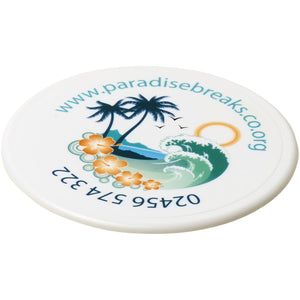


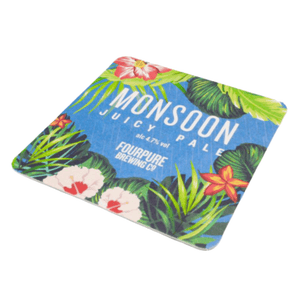

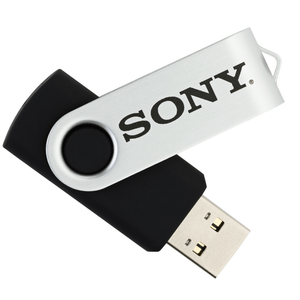


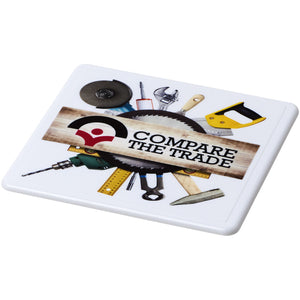

 by Totally Branded
by Totally Branded